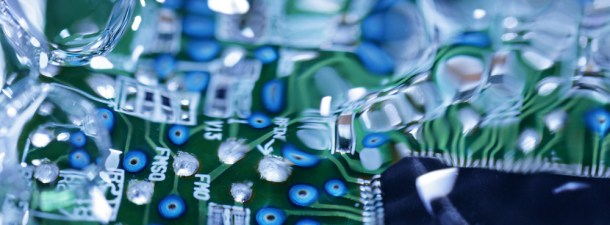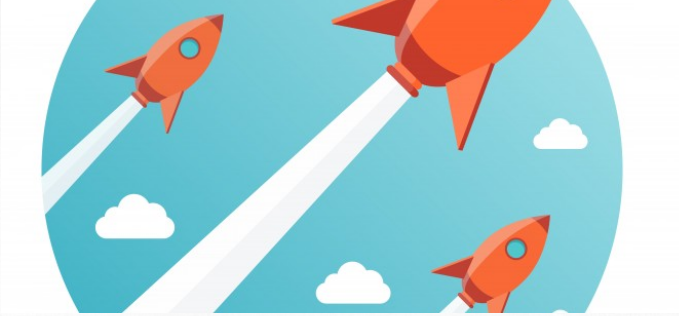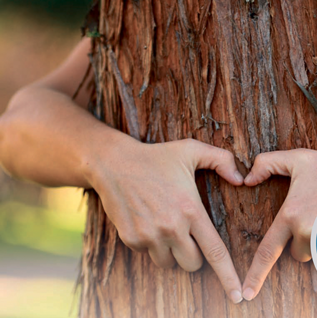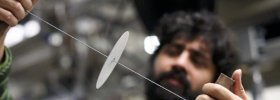The United Nations has set its 2015 Millennium Development Goals:
- Eradicate extreme poverty and hunger.
- Achieve universal primary education.
- Promote gender equality and empower women.
- Improve maternal health.
- Combat HIV/AIDS, malaria, and other diseases.
- Global partnership for development.
- Reduce child mortality.
- Ensure environmental stability.
Achieving these goals would help not only the developing world but it’d lift up the entire world economy, while reducing our collective human contribution to its environmental demise. We believe technology and innovation go far in supporting each of these goals.
There’s strong rhetoric out there that sustainable energy is very costly and simply not worth it. In some cases—especially depending on your opinion on if the Earth’s really worth it in the long run—it really may be too expensive, but, as green technology evolves, greater efficiency at a lower cost begins to tear that argument right down. This piece on reinventing water is the first in a three-part series on how tech is an enabler for both sustainable energy and developing economies.
Water is as old as the earth and no doubt essential to life but perhaps nothing is as controversial and scarce as good old H2O. Whether you’re talking about the battle over aqua for Californian farmers or the fight to just get enough to survive in the developing world, there’s no doubt that our most precious resource is a limited one with limitless demand.
But what if the exact thing we desperately want to keep away from our smartphones could come together to save the world? We aren’t saying we are there yet, but there are definitely some tech alternatives to mainstream water usage that also help to lift people out of poverty.
How to bring water online
The next people to come online aren’t doing it via iPhones, they have feature phones or truly simple smartphones that allow for limited bandwidth and battery power to get research from fast-to-load sites like Wikipedia.
The Electric Imp Internet of Things platform has an API (application programming interface) that looks to aggregate the data of various weather stations and apps to give a more accurate determination of if it’s going to rain and how much. Instead of using it in the high-tech IoT way that triggers automated irrigation systems, farmers can also simply receive a text to conserve water on those days and to plan irrigation techniques that avoid drowning the plants.
And this Wastewater Inflow Calculator is a free app for all smartphones that allows users to put in the size of the area and depth of rainfall to help them understand how much it will affect farming, groundwater, and more to be able to optimize use of the waterfall.
Then, for $5, mWater offers a water quality testing kit and a mobile app to help prevent diarrhea, the second largest killer of kids under five. It uses the phone’s camera and kits to together test for E coli and coliform. It’s then shared on a map with the entire community.
Offline innovation fix age-old problems
As many look to bring the rest of the world online, we discover serious problems where places completely or nearly off the grid have a serious problem charging the batteries needed to access this innovation. This means that sometimes when we think of hydrating the rest of the world, we often need to look for innovative solutions that need little or no electricity at all.
“Access to water cannot be a luxury,” said Pedro Tomás Delgado, founder of Agua Inc. “Our philosophy is water for everyone.”
Aqua Inc uses plant-based biotechnology to create customized, low-power water filtration. In countries like Mali, they have identified local macrophyte plants that grow on or in water and naturally purify that water, reducing pathogens, Malaria and many other barriers to sustainable drinking water.
A lack of infrastructure in remote villages means that millions of people are still struggling across miles a day continuing the millennia-old tradition of carrying water on your head. One startup adapted the design of the traditional bowl women carry on their heads in India into an affordable WaterWheel, which allows people to carry twice as much water in half the time. The WaterWheel has a durable and balanced size and shape with reinforced axis, as well as handles and screw-on lid for easy pouring and storing.
What more small steps become leaps to offer potable water to the next billion? Tweet to @TefDigital and @JKRiggins or comment below!









